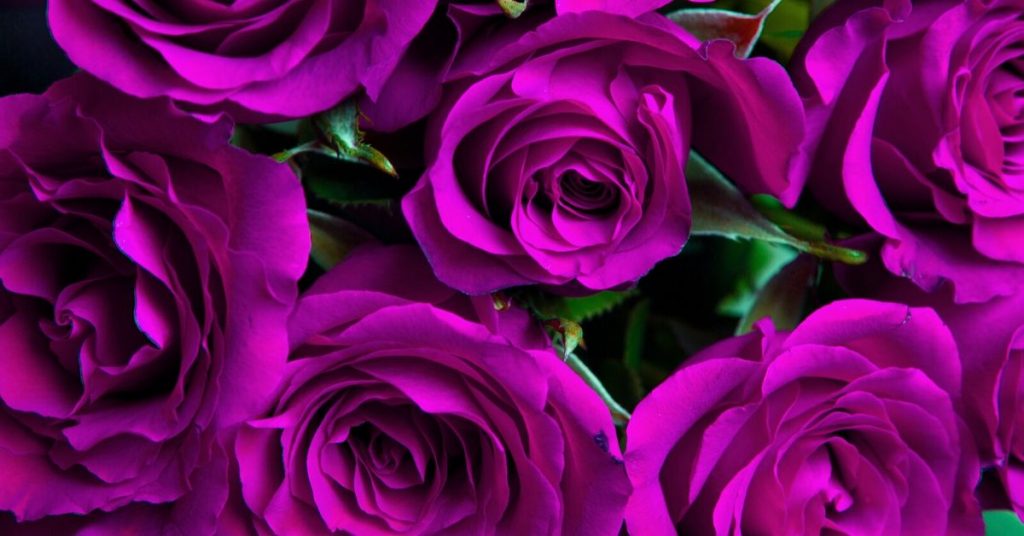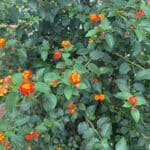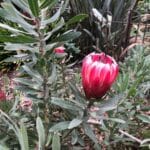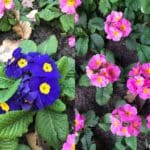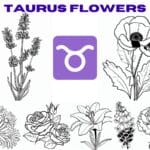Who wouldn’t fall in love at the first sight of purple roses? Purple is a color that emanates grandeur and magic and one does not simply pass by a violet rose and not gaze at its tantalizing beauty.
Purple is not one of the naturally abundant colors in many flowers and breeders always seek a challenge to create plants that this world is missing.
After the initial production of the first purple roses, enthusiasts lined up to get a hold of this mesmerizing flower to keep in their gardens or fill their rooms with.
This article will serve as a guide in demystifying the tantalizing purple rose and reveal what makes us love this flower the first time we see it.
Ready to learn more about purple roses? This post will tell you all that you need to know.
History and Origin of Purple Rose
The innovations that persisted after the industrialization was very evident in plant breeding during the 1800s. Geared with the knowledge and technology to improve the qualities of plant production, hybridists were set to develop high yielding plants as well as new plant varieties that would satisfy the luxurious demand for organic aesthetics.
How Were Purple Roses Created?
Purple roses were the product of cross-breeding European roses with varieties introduced from China. The existence of natural pigments, anthocyanins responsible for yellow and orange colors and carotenoids for pink and red, in roses made it possible to produce the purple in these flowers (1).
These purple roses were so well-received that many other roses in shades of plum, lavender, and lilac were created. Lavender roses are perhaps some of the most popular types of these beautiful purple roses.
The pursuit to create the elusive blue rose also resulted in other purple varieties of roses mainly because roses lack the pigment, delphinidin, responsible for the blue color (2), and when inserted in the rose gene, it reacts with the existing warm pigments in the flower instead.
Today, there are over a hundred varieties of purple roses that are used in the landscaping as well as the cut flower industries. Avid collectors of purple roses also team up with breeders to obtain novelty purple roses. To learn more about purple roses, don’t forget to read our comprehensive guide!
What Are Different Varieties of Purple Roses?
Curious about all the different purple rose varieties out there? From hybrid teas to other purple rose varieties, there are countless options to choose from.
Let’s take a closer look.
‘Lavender Lassie’ Rose
Reimer Kordes hybridized these purple roses in 1960.
These lavender roses exist as mauve shades blending to light pink and grow in clusters. These purple roses are surprisingly low maintenance.
The showy blossoms of these purple roses grow on sturdy stems together with green toothed leaves under full sun to partial shade conditions.
Rosa ‘Jeanne de Montfort’
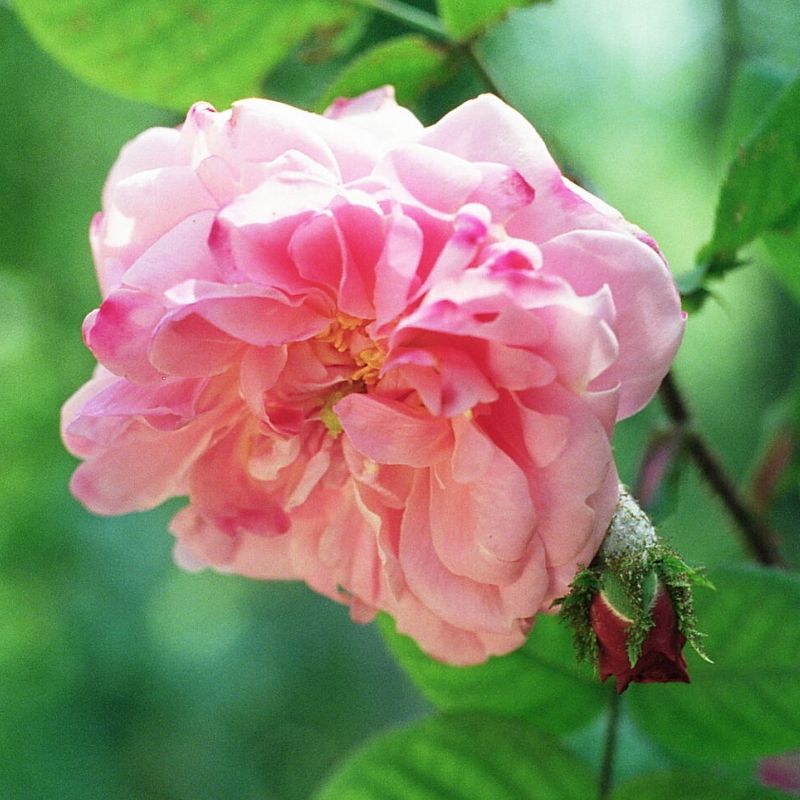
Elegant themed gardens are usually decorated with this one of a kind rose that showcases loosely formed flowers in lilac aging to white. M. Robert bred this tall rose shrub in 1851 creating showy and scented flowers that bloom throughout spring and summer.
These purple roses are found in many forms, including lavender roses to burgundy iceberg shades.
‘Princess Anne’ Rose
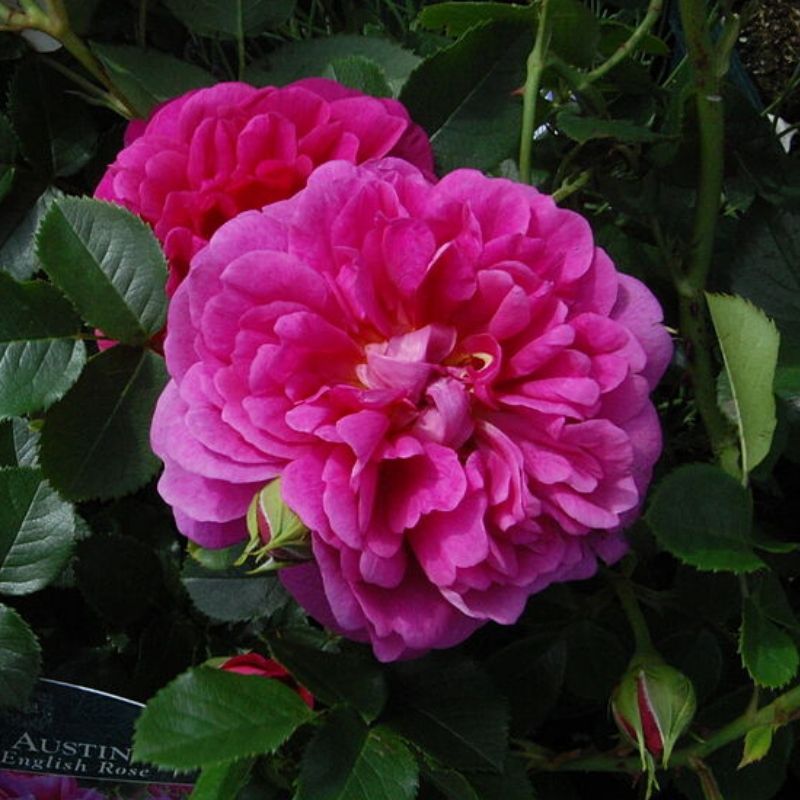
‘Princess Anne’ has unique flowers with narrow petals that are yellow underside and deep purple on the upper side.
The shrub version of these purple rose varieties was developed by David Austin in 2010 and is popularly used as hedges and borders in gardens.
‘Night Owl’ Rose
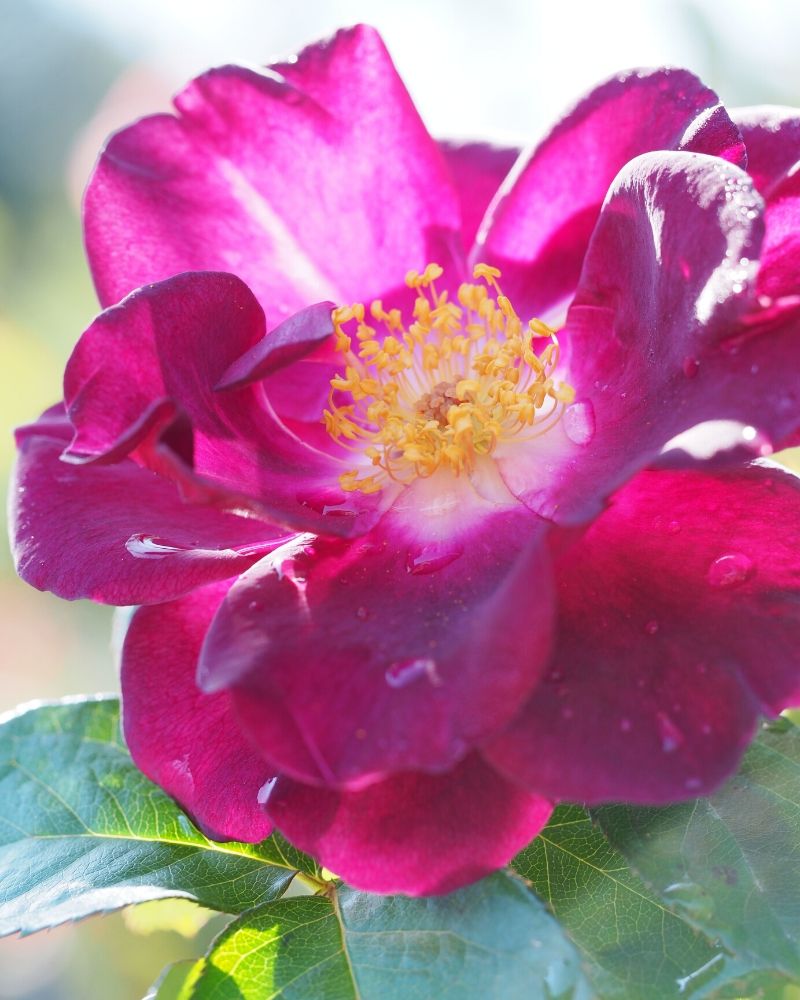
The ‘Night Owl’ is an easy to maintain rose plant because of its almost thornless stems that climb up to 5 meters high.
The clove-scented rose flowers are dark purple on the edges and get lighter as it reaches the center.
These purple roses are a repeat bloomer plant. They were developed by Tom Carruth in 2005.
Rosa ‘Rose du Roi’
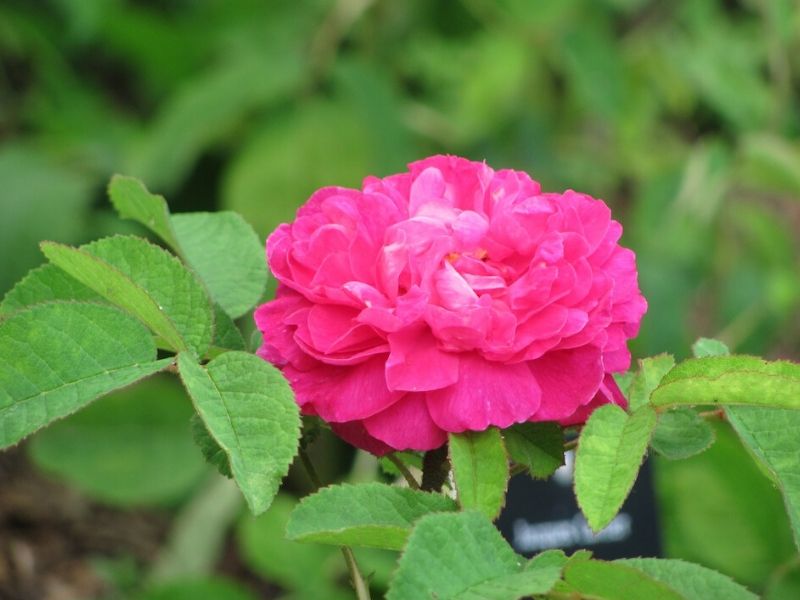
Also called ‘Perpetuelle de Lieur’, this hardy rose plant has dark cherry-red flowers with purple shading.
These purple roses, hybridized by Comte Lelieur de Ville-sur-Arce in 1812, have clusters of flowers growing on a thornless stem. These purple roses are a favorite among gardeners and bees.
Neptune Rose
The Neptune rose is known for its deep purple buds that bloom to large light purple flowers emitting a sweet citrusy fragrance. It is a repeat-blooming hybrid tea rose also introduced in 2003 by Tom Carruth.
Rose ‘Stephen’s Big Purple’
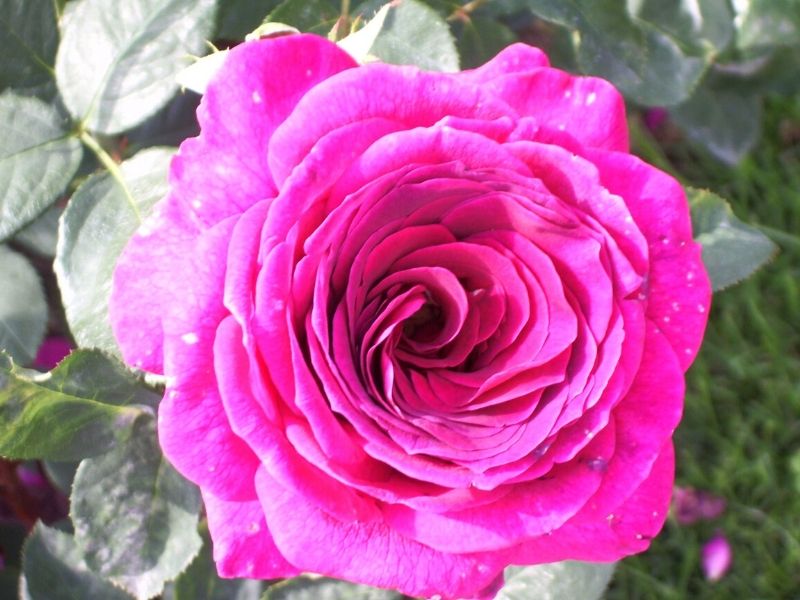
Otherwise known as ‘Nuit d’Orient’, this rose bears very large, multi-petalled rich purple blossoms. These purple roses are majorly grown as cut flowers and are abundant throughout the year except for winter. The rose plant was hybridized by Pat Stephens in 1985.
‘William Shakespeare 2000’ Rose
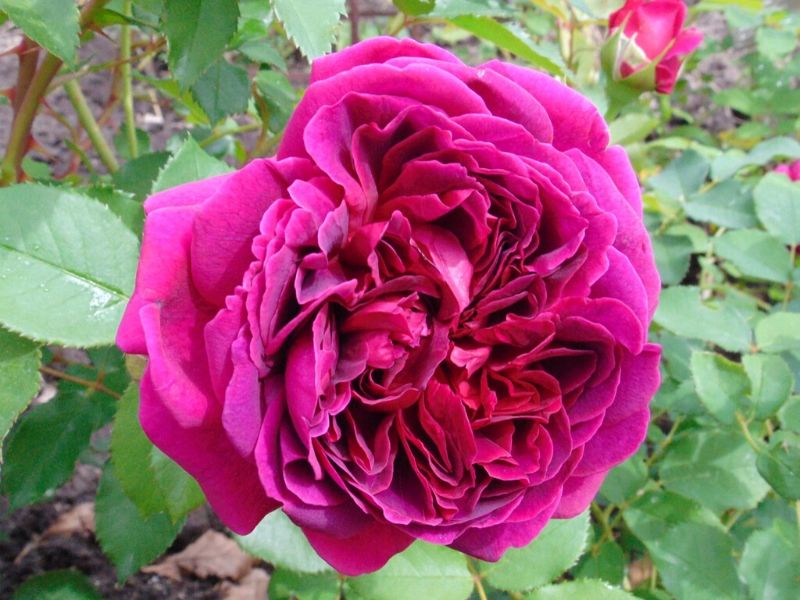
This rose plant is also known as ‘Ausromeo’. The romantically scented flowers turn rich purple as they mature from the initially dark red blossoms. The large cupped flowers grow abundantly on a bushy shrub which readily appeals to gardeners and landscapers.
These purple roses, bred by David Austin in 2000 has won the Australian National Rose Trials Bronze Medal in 2003 as well as the New Zealand Rose-Hamilton-Most Fragrant Rose in 2011.
Rosa ‘Basye’s Purple Rose’
The flat blossoms of ‘Basye’s Purple Rose’ have up to seven single to semi-double dark plum petals. These purple roses are moderately fragrant and opens under full sunlight conditions in summer. The plant was bred by Robert Basye in 1968.
‘Bleu Magenta’ Purple Roses

The ‘Bleu Magenta’ is a hybrid multiflora that has a rambling growth habit, climbing up to 5 meter high. The mildly fragrant flowers are in deep mauve to bright purple growing in clusters. Louis Benoit Van Houtte was the breeder of this magical rose that started production in 1876.
Meanings and Symbolism
The purple color is universally associated with royalty and wealth. This connotation stems from the rarity of the color in nature and in the ancient times, purple-colored items could only be afforded by the rich. Even during the reign of Queen Elizabeth I, purple was reserved for the royal family only.
This story has an effect on the meaningful act of flower-giving. It is said that giving purple roses to a special someone means that the sender is willing to give them all the riches in the world.
Because of its magical and enchanting appeal, the purple rose in lighter shade is considered a symbol of love at first sight while the darker-colored ones are for the feeling of deep love. The Indians associate this magical feeling with the purple-represented 7th chakra that indicates the psychic self and the ignition of this chakra when love at first sight, or intense emotions are felt.
The purple rose also became the icon of the campaign to stop violence against women.
Like the purple rose, women in the sex trade are artificially created to satisfy the desire. But purple roses also embody empowerment and the will to be different. The Purple Rose Campaign has been recognized internationally as a movement that challenges the status quo and exposes the sex industry (3).
Which Purple Roses Will You Grow?
Believe it or not, these aren’t the only beautiful purple roses for you to choose from!
From hybrid lavender roses to the gorgeous Angel Face purple rose, there are countless purple roses out there.
Take some time to research growing requirements and the symbolic meaning of these plants – you’re sure to find the perfect fit for your garden!
See more: Best time to plant roses
References
Reference List:
(1) Lachman, O. and Kratochvilova, D. “Anthocyanins and carotenoids-major pigments in roses”. Agris-FAO-UN. Vol. 28. No. 1. 2001. Pp. 33-39. Link.
(2) Noda, Naonobu. “Recent advances in the research and development of blue flowers.” Breeding science vol. 68,1 (2018): 79-87. doi:10.1270/jsbbs.17132 – Link
(3) Kurashige, L. and Yang, A. “Major Problems in Asian-American History”. Cengage Learning. 2015. P. 544.
Close
*Featured image credit: lsantilli/depositphotos

